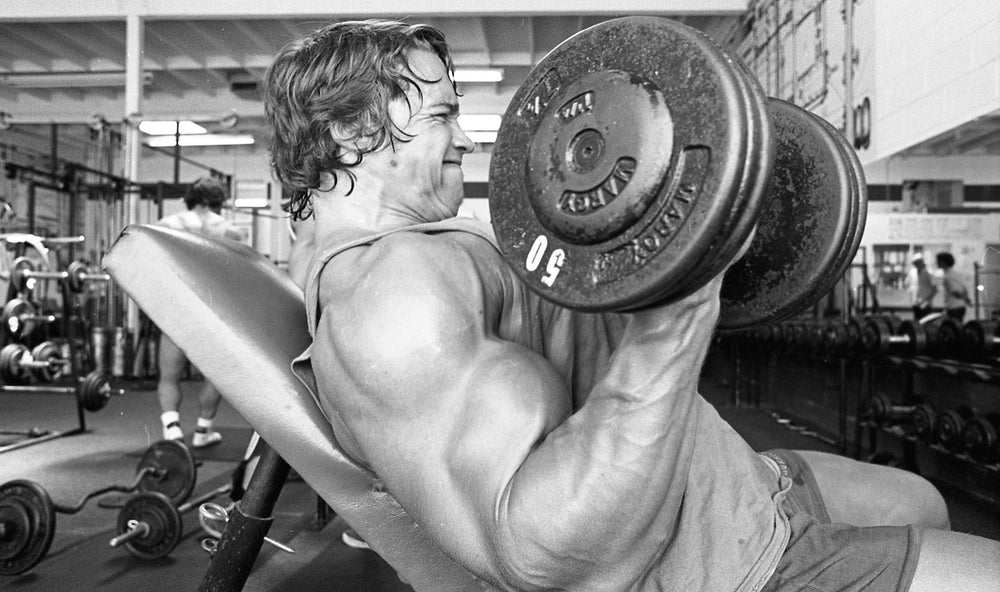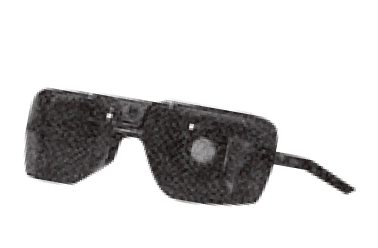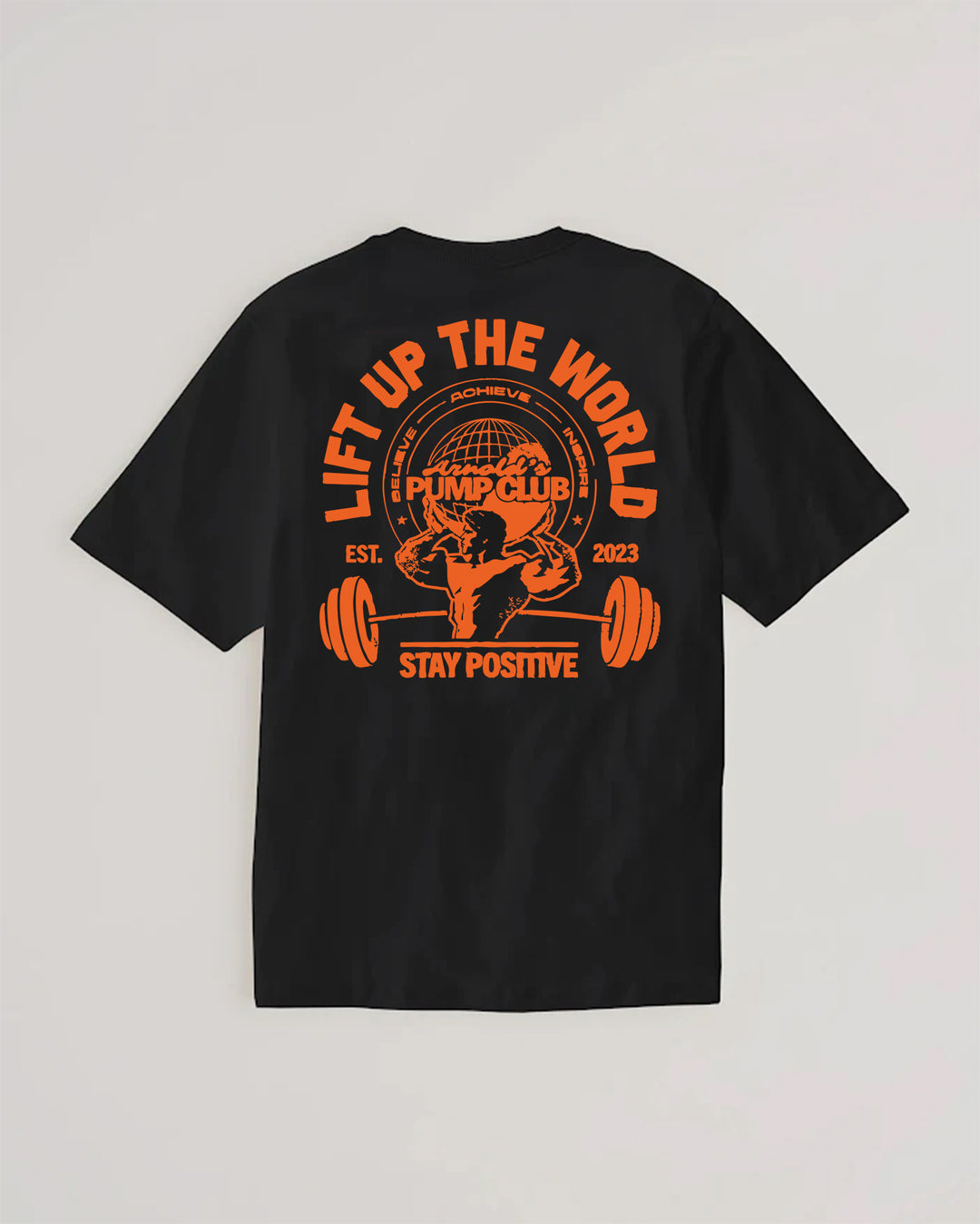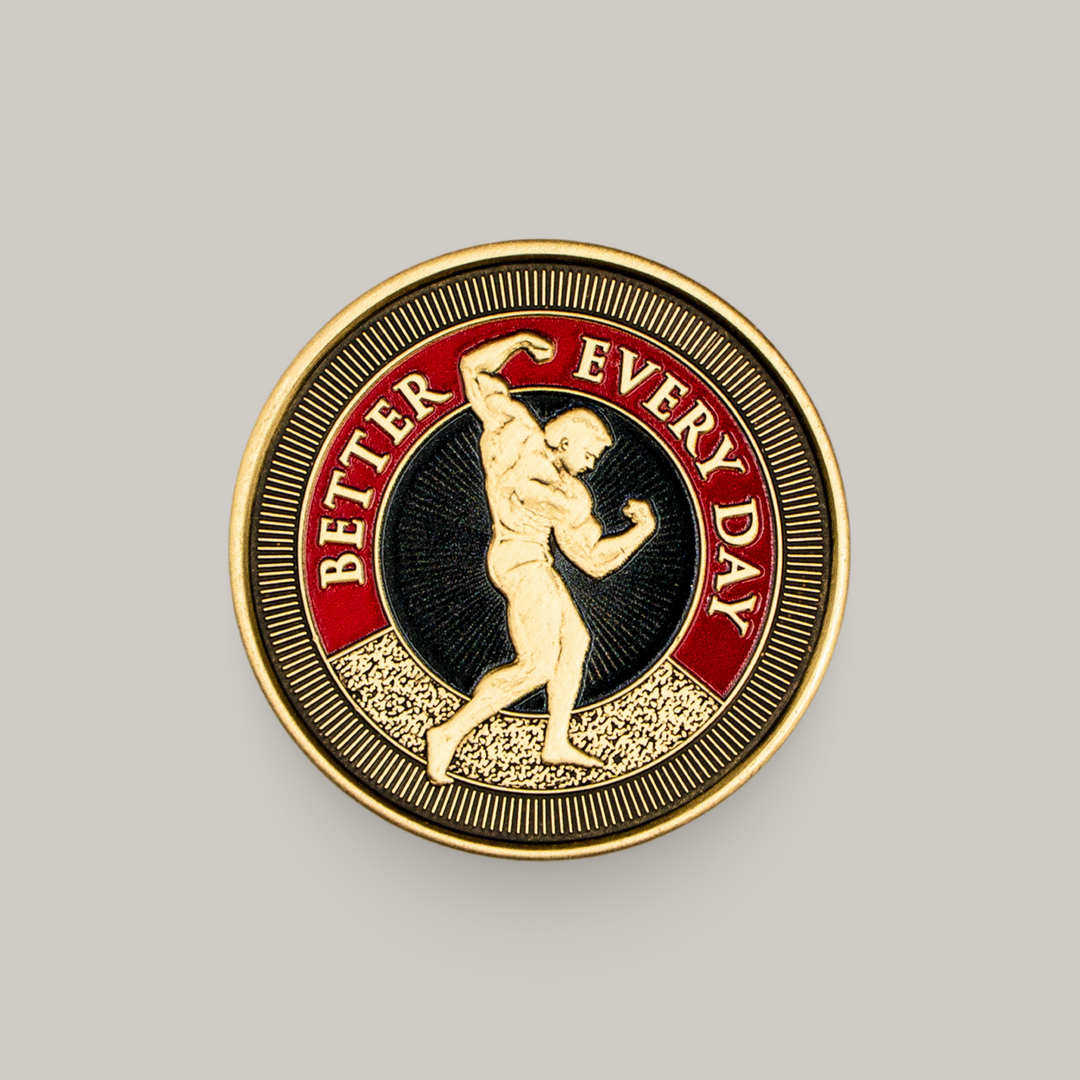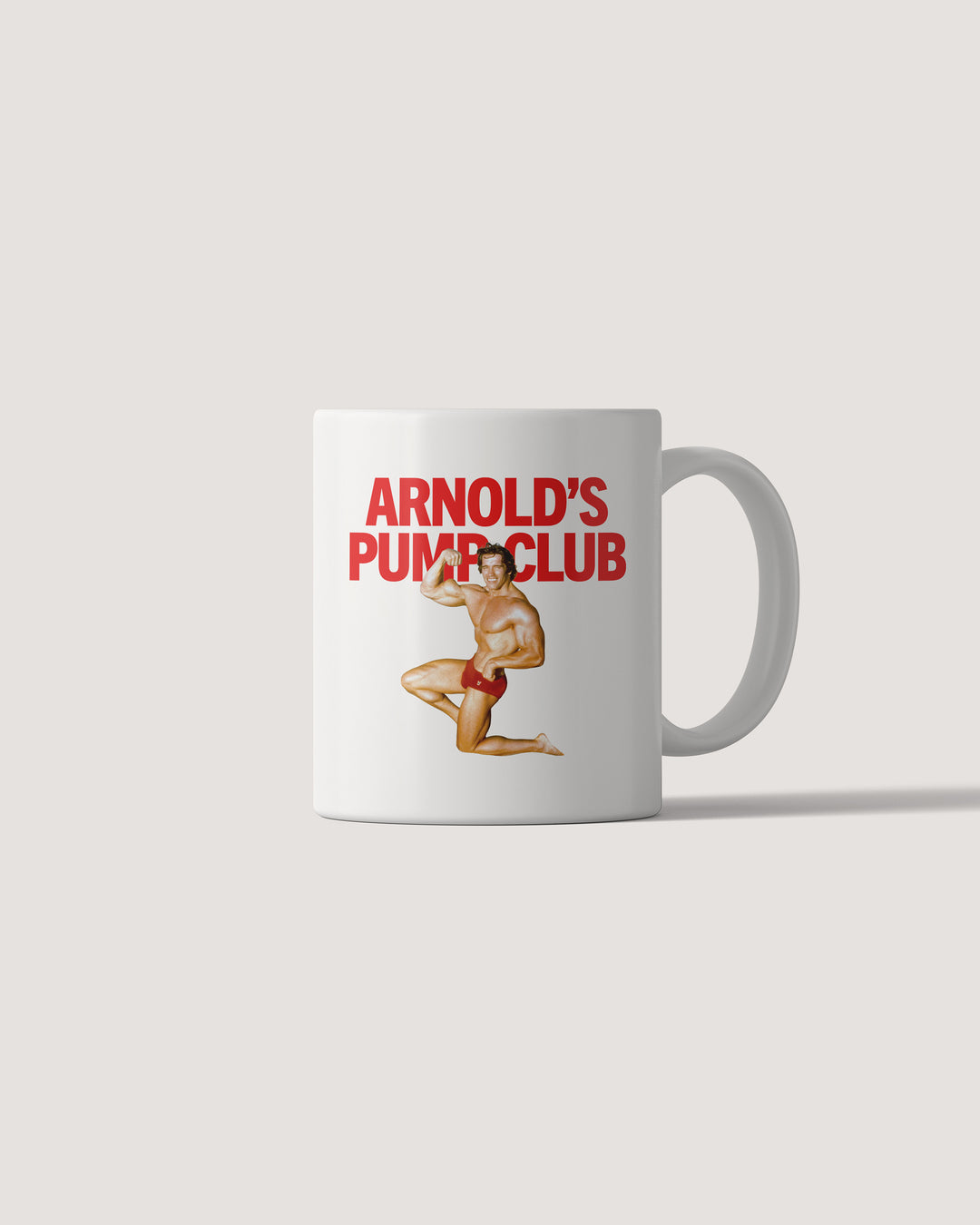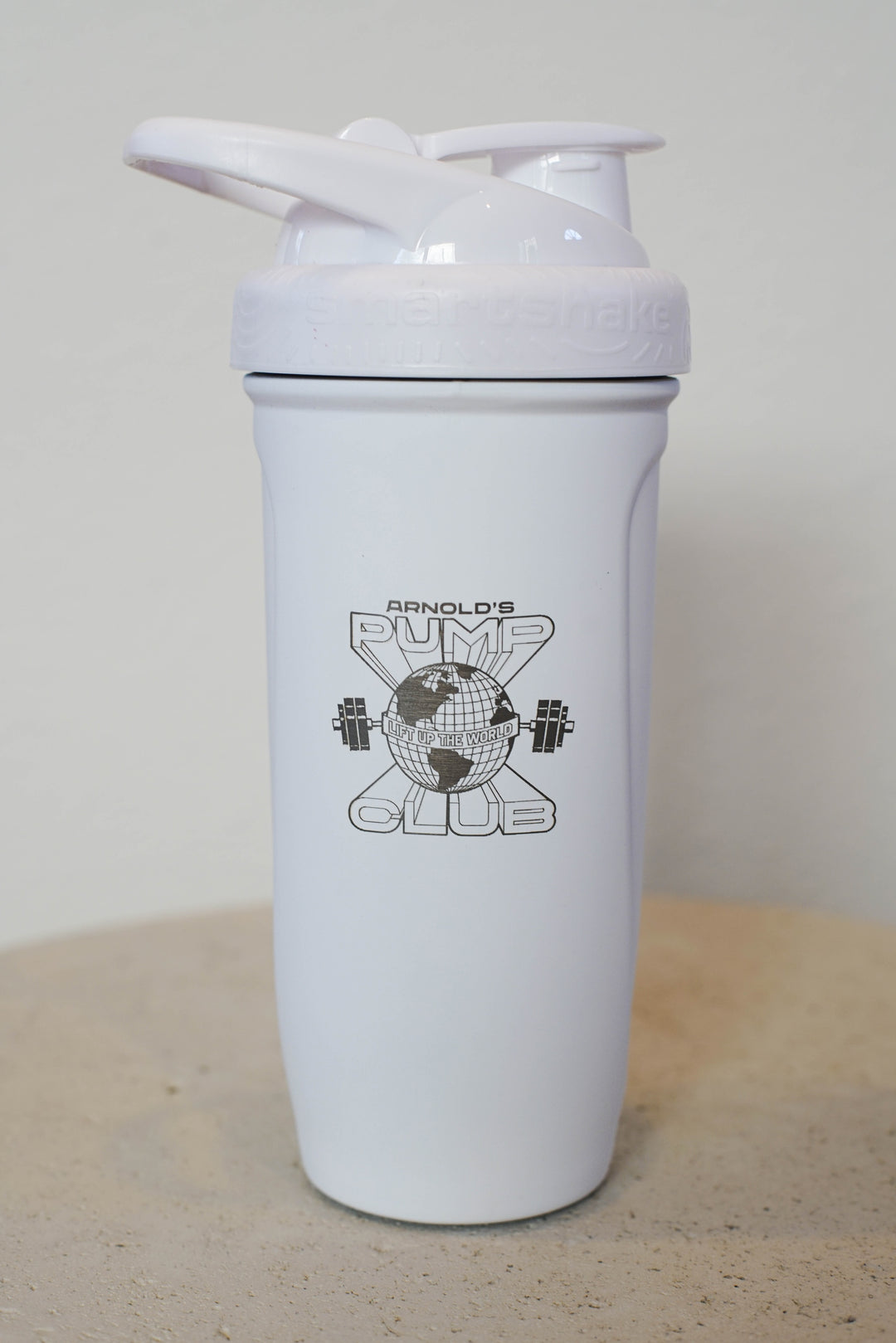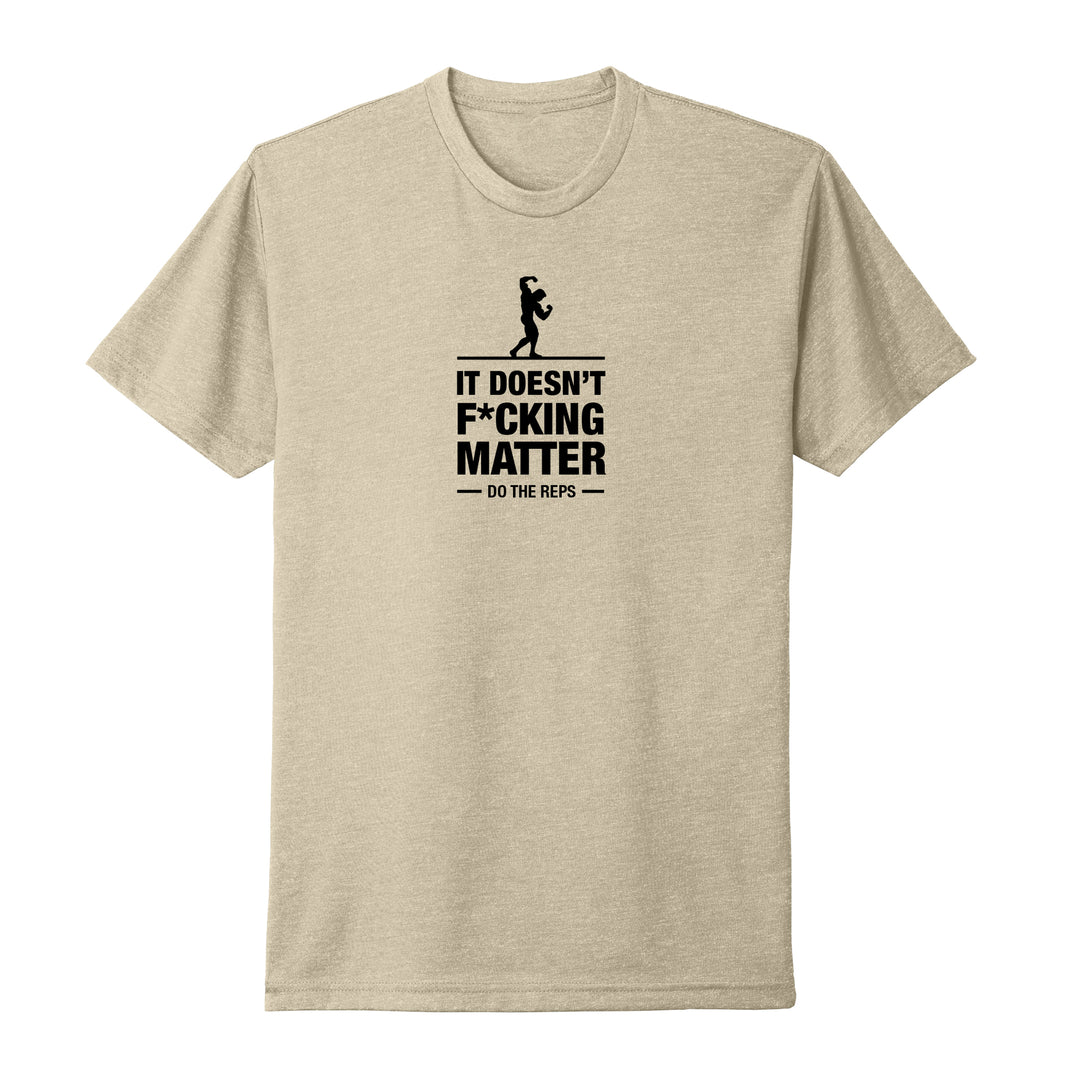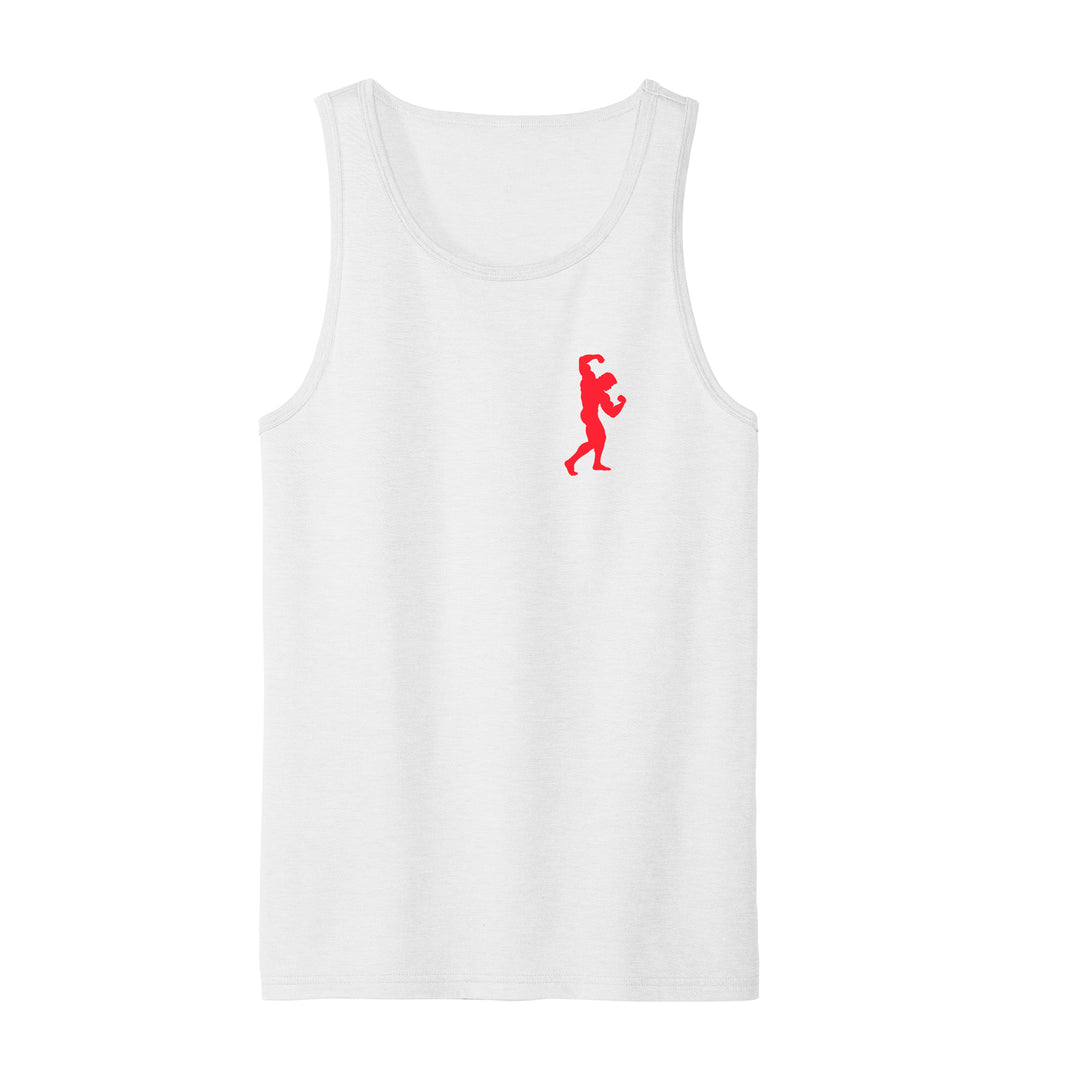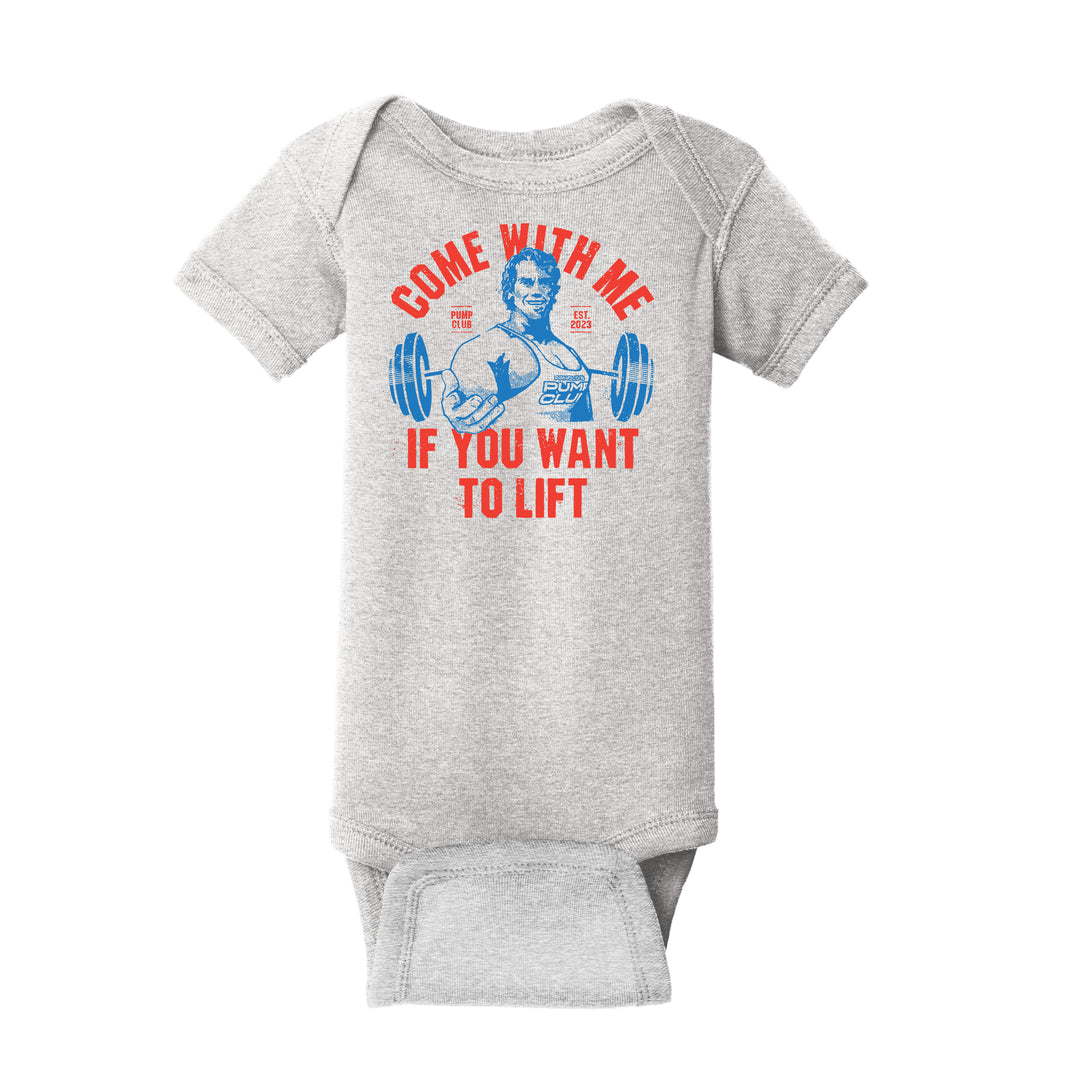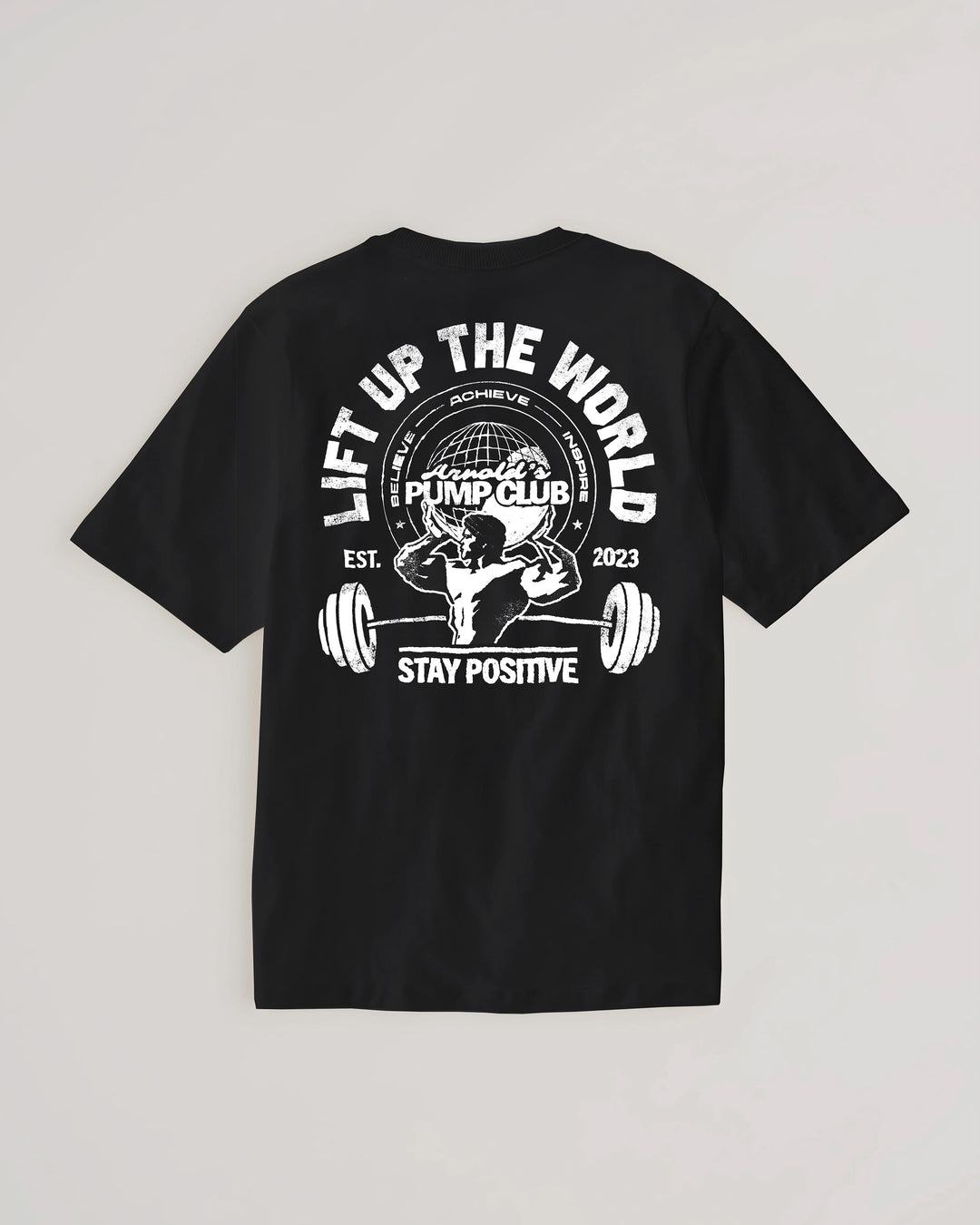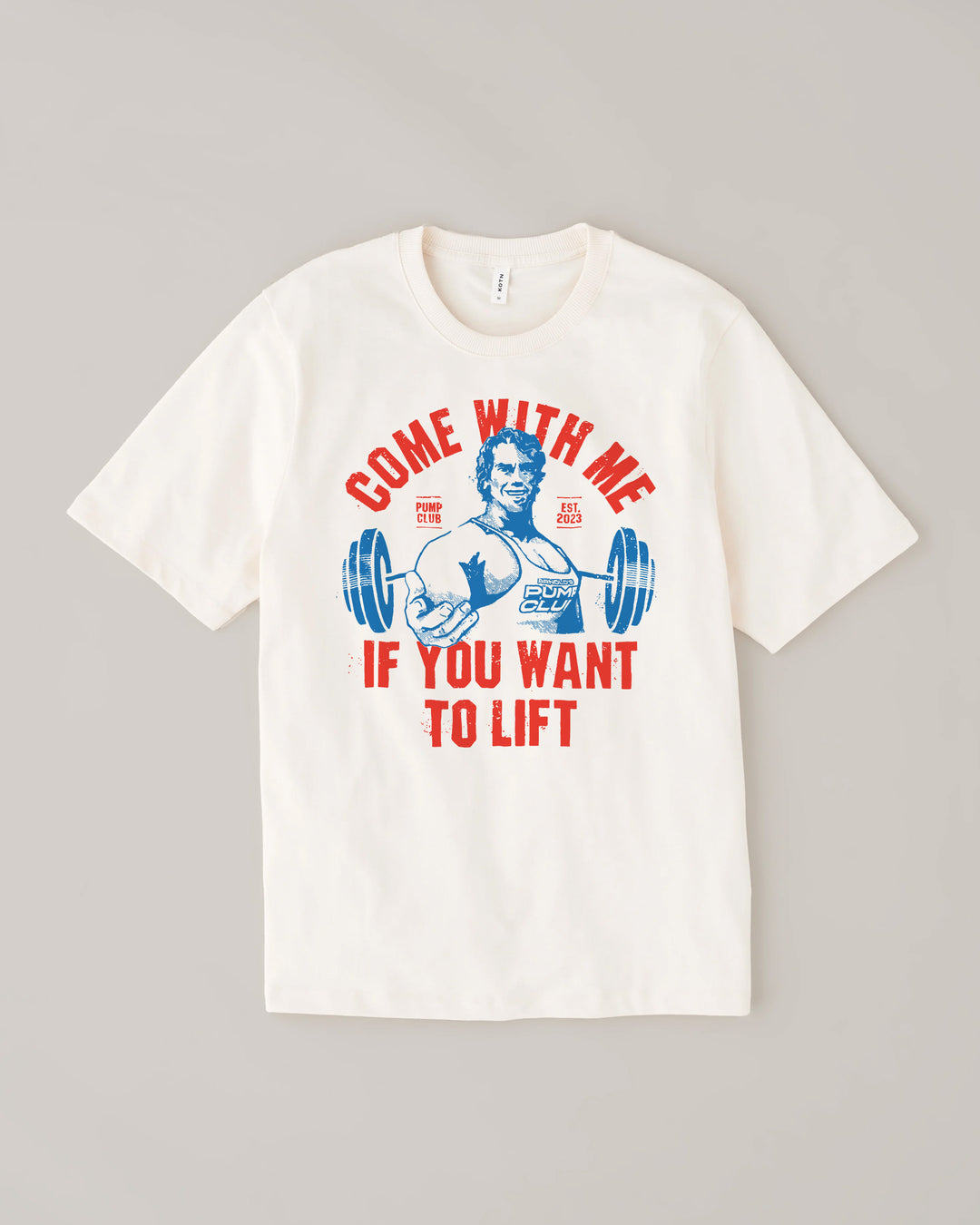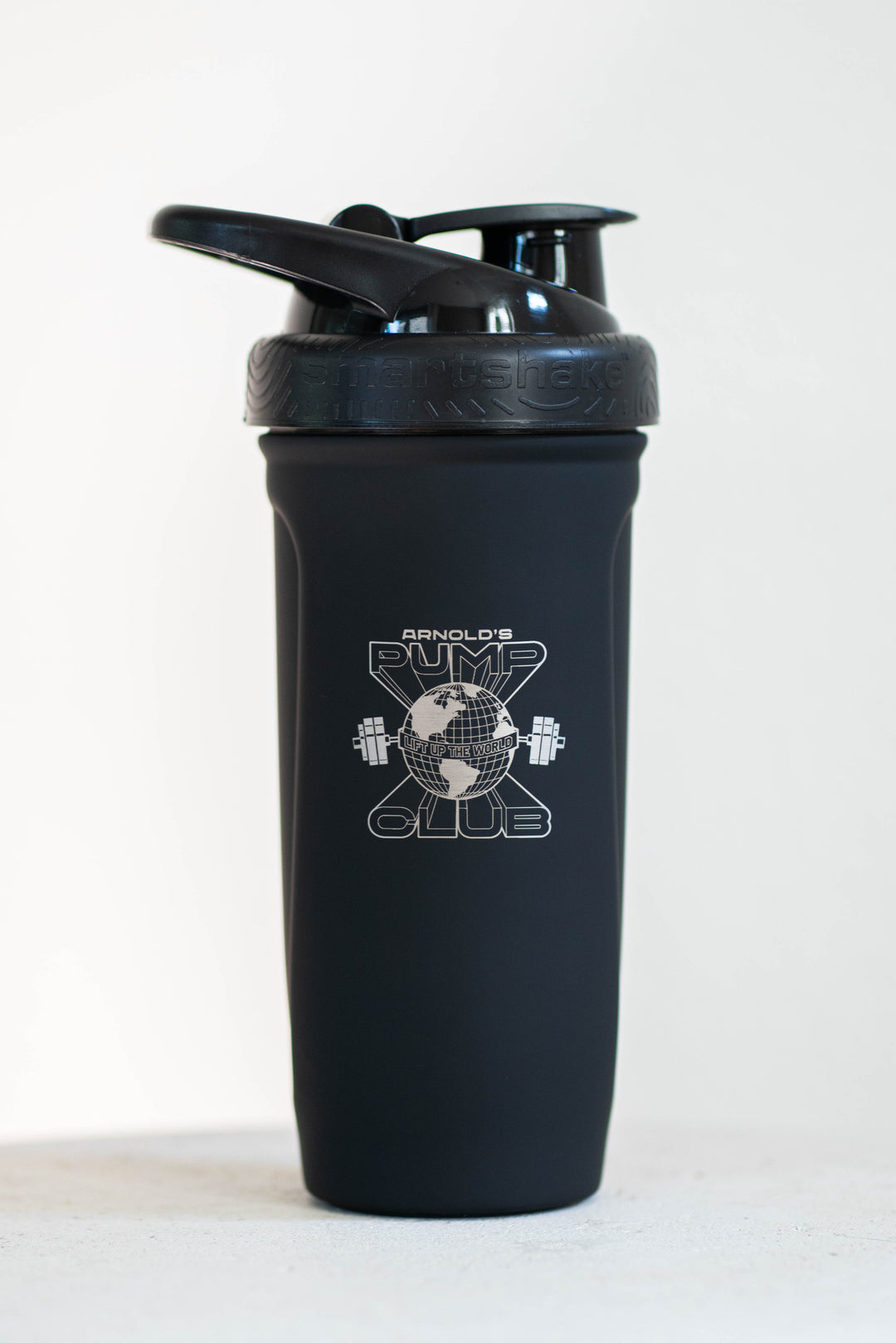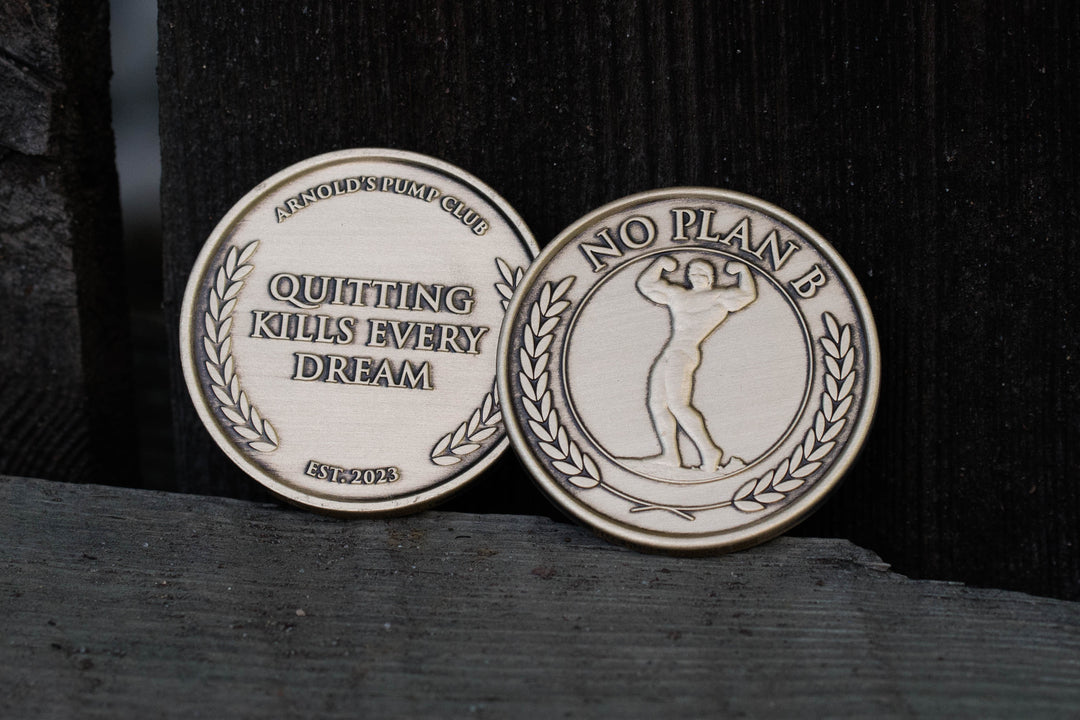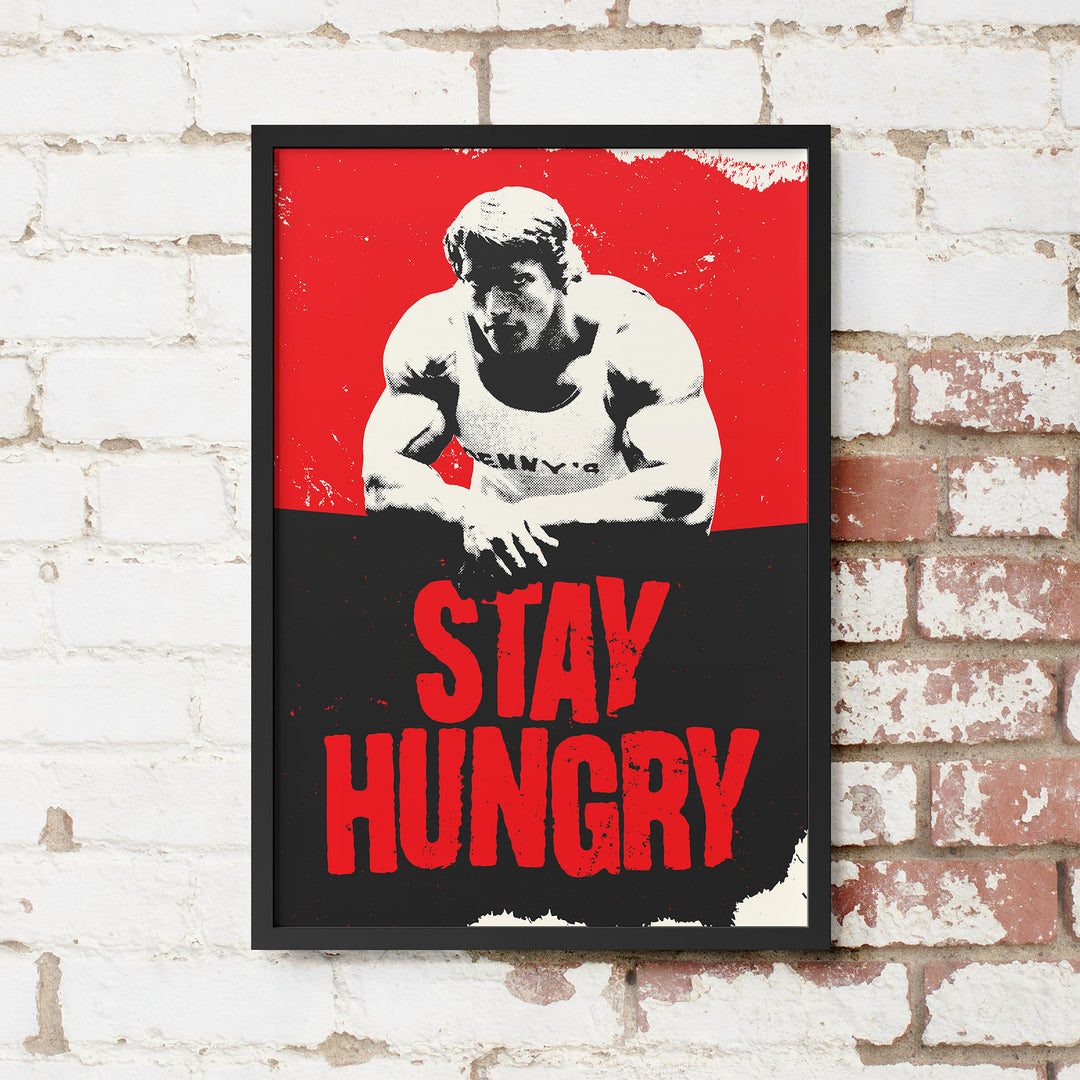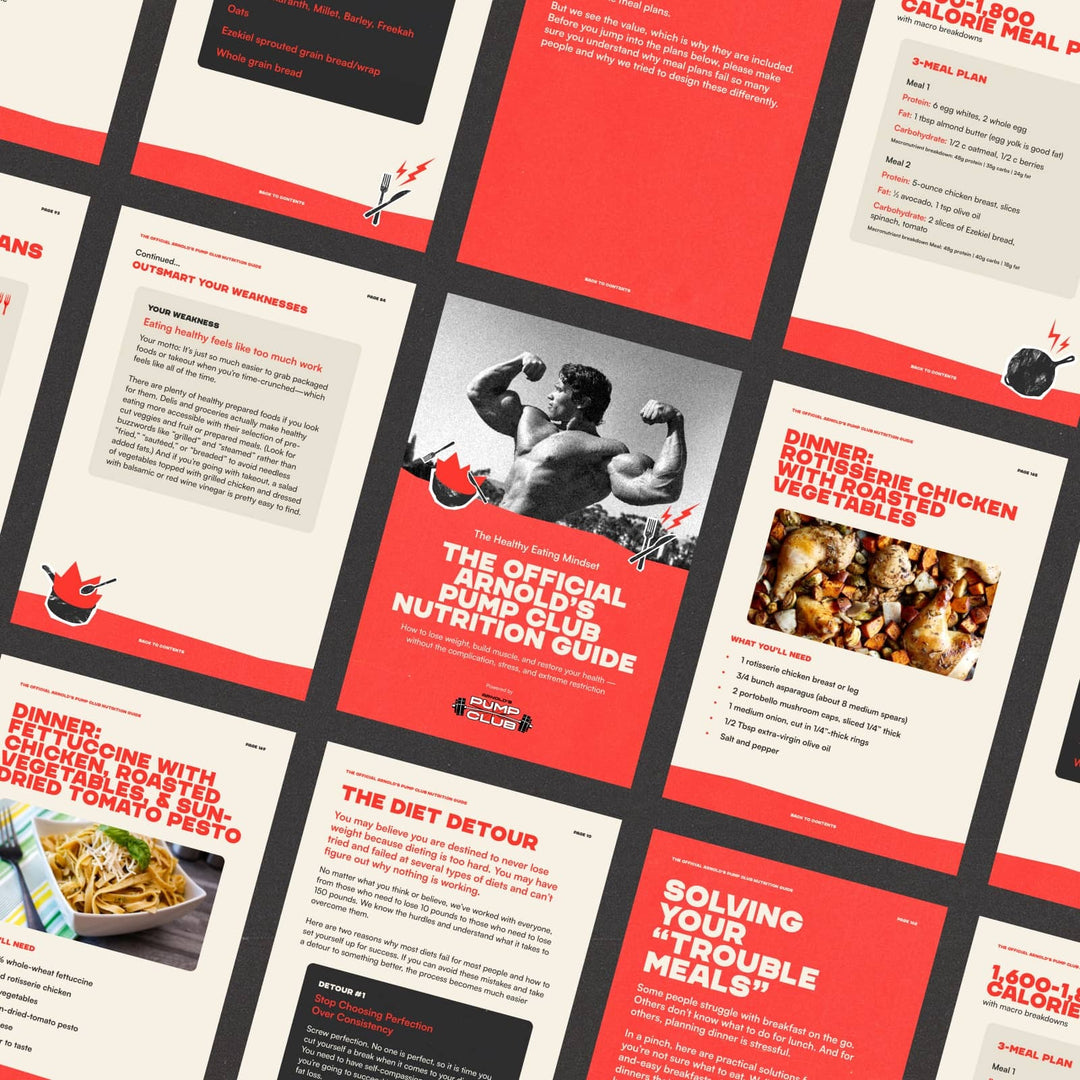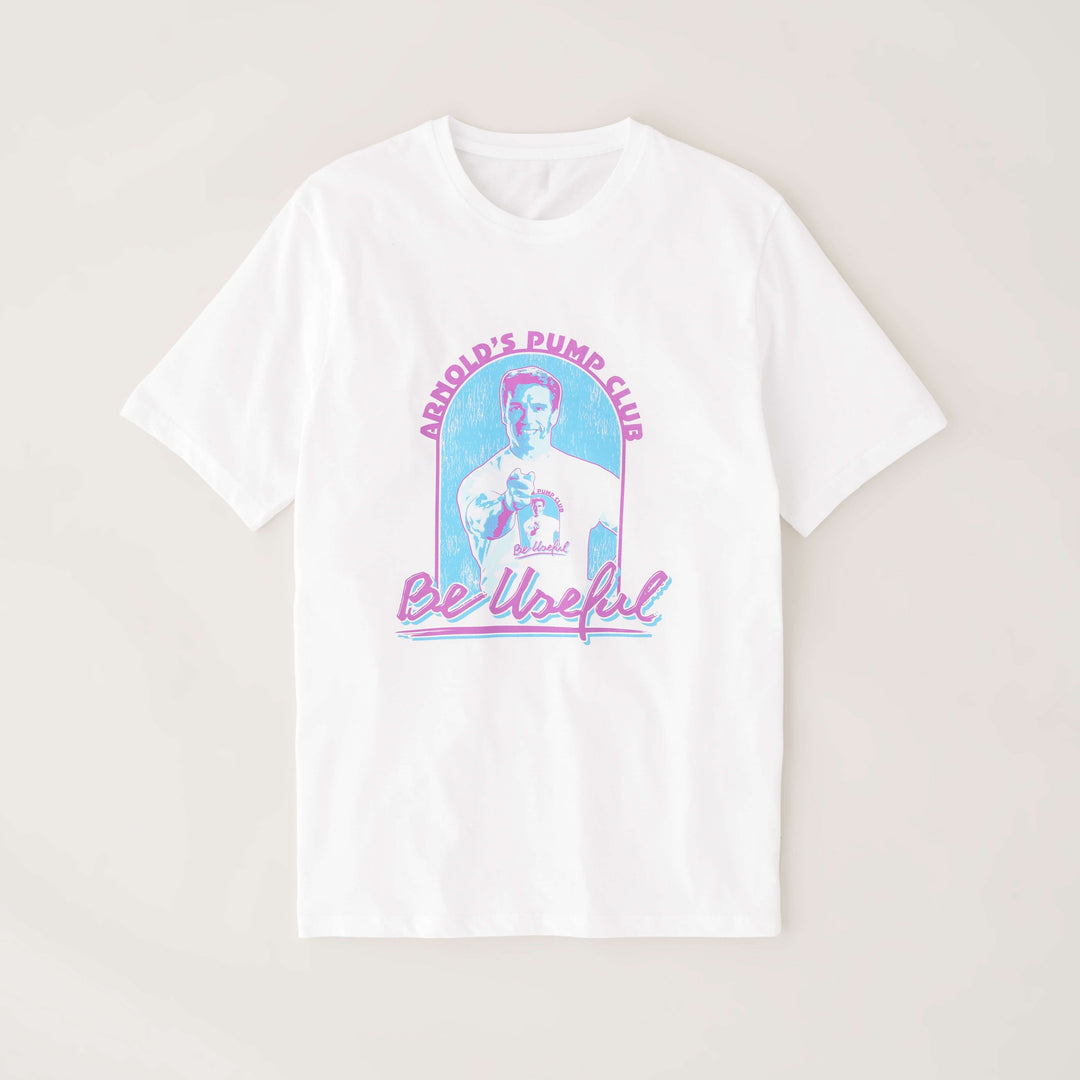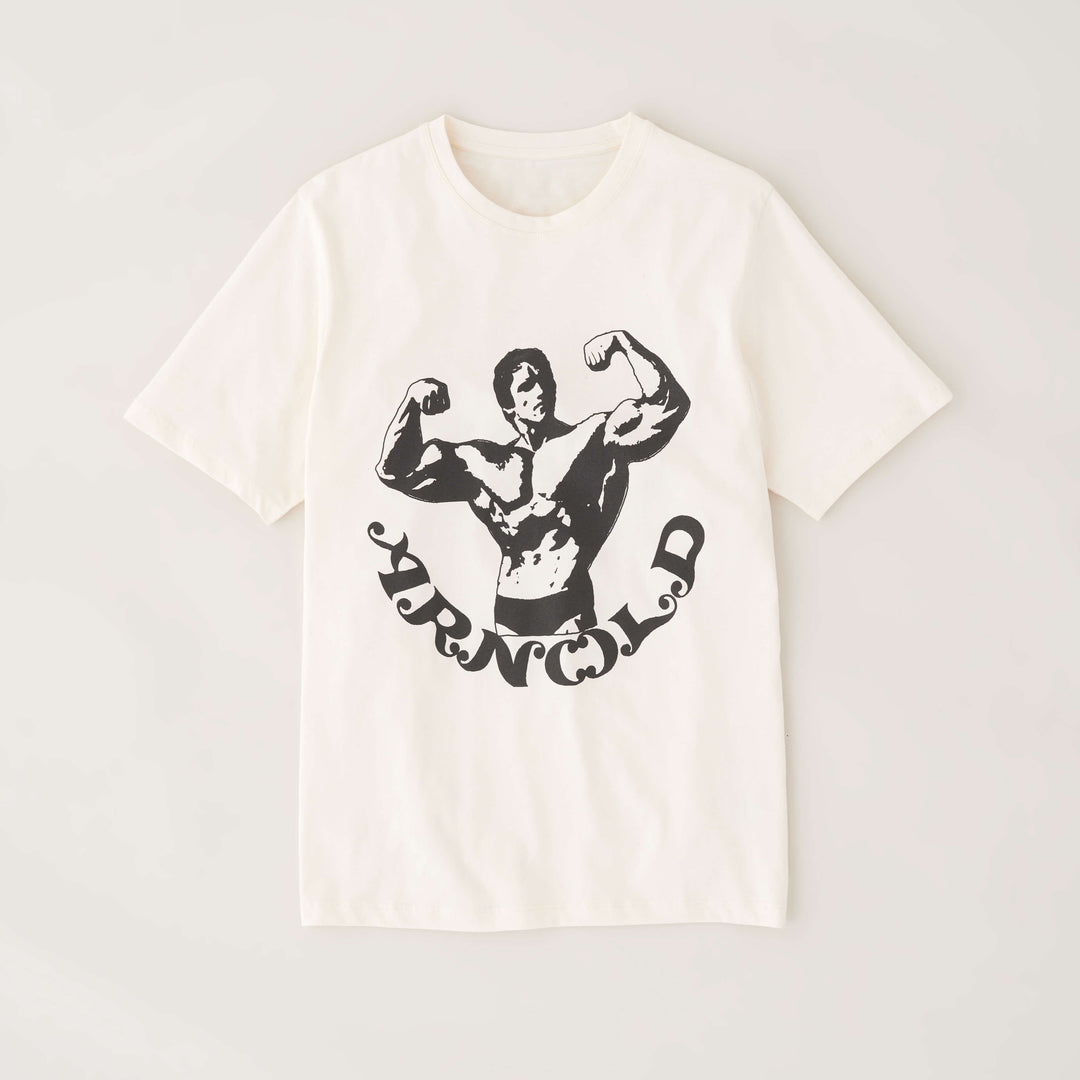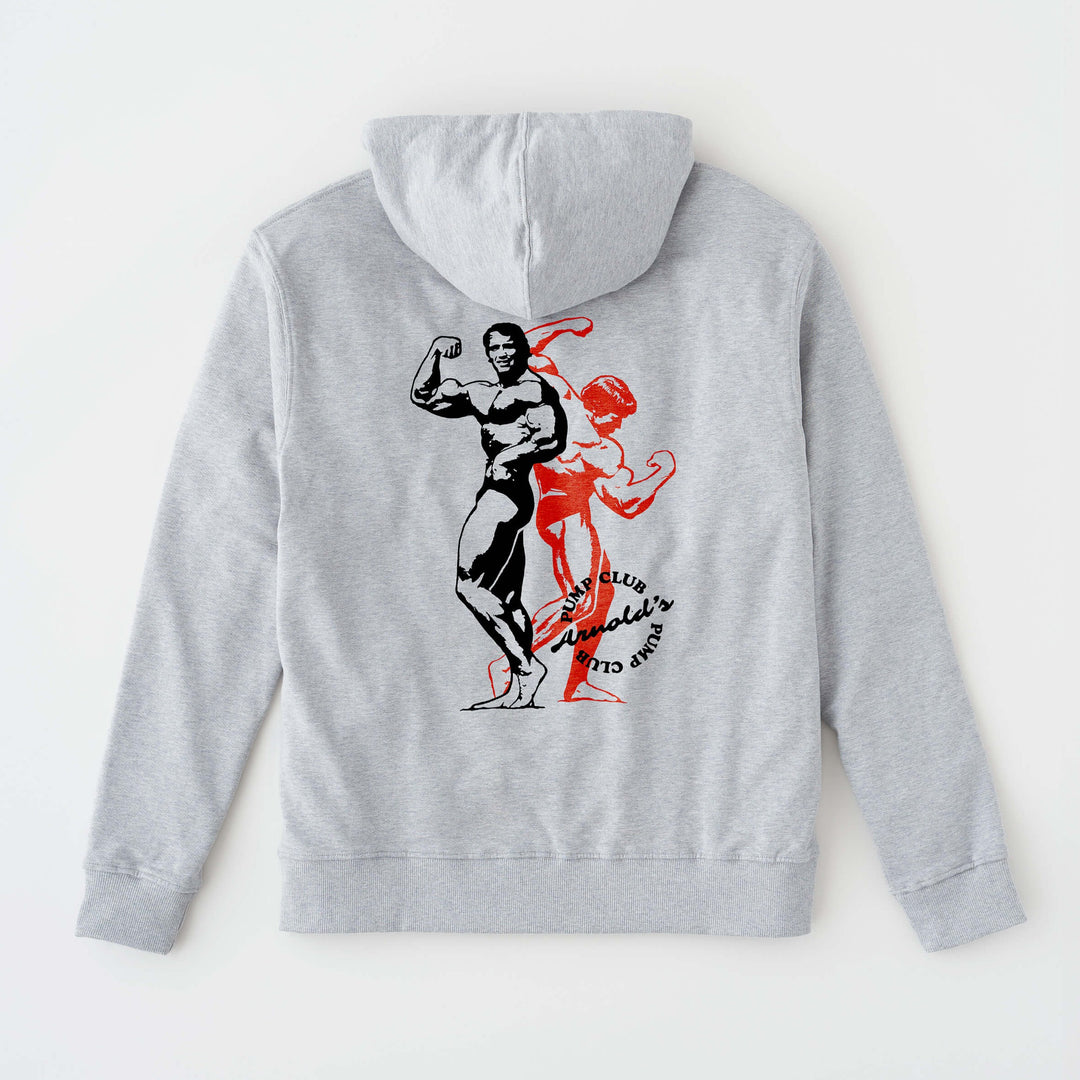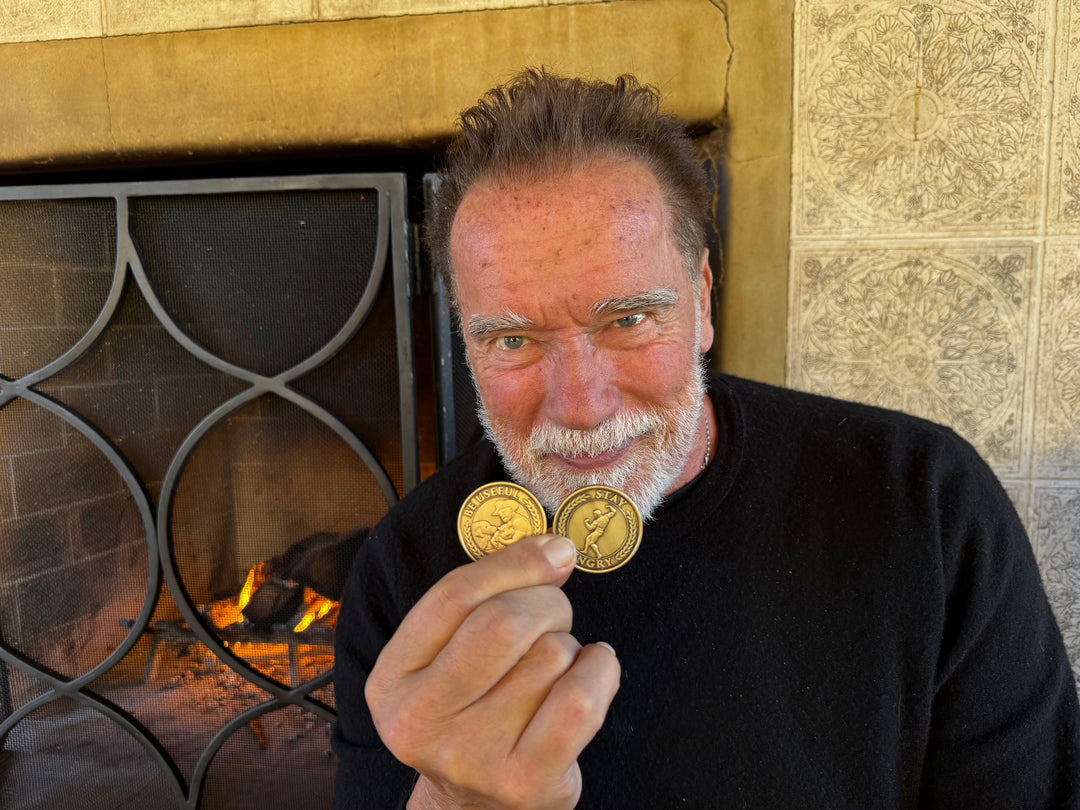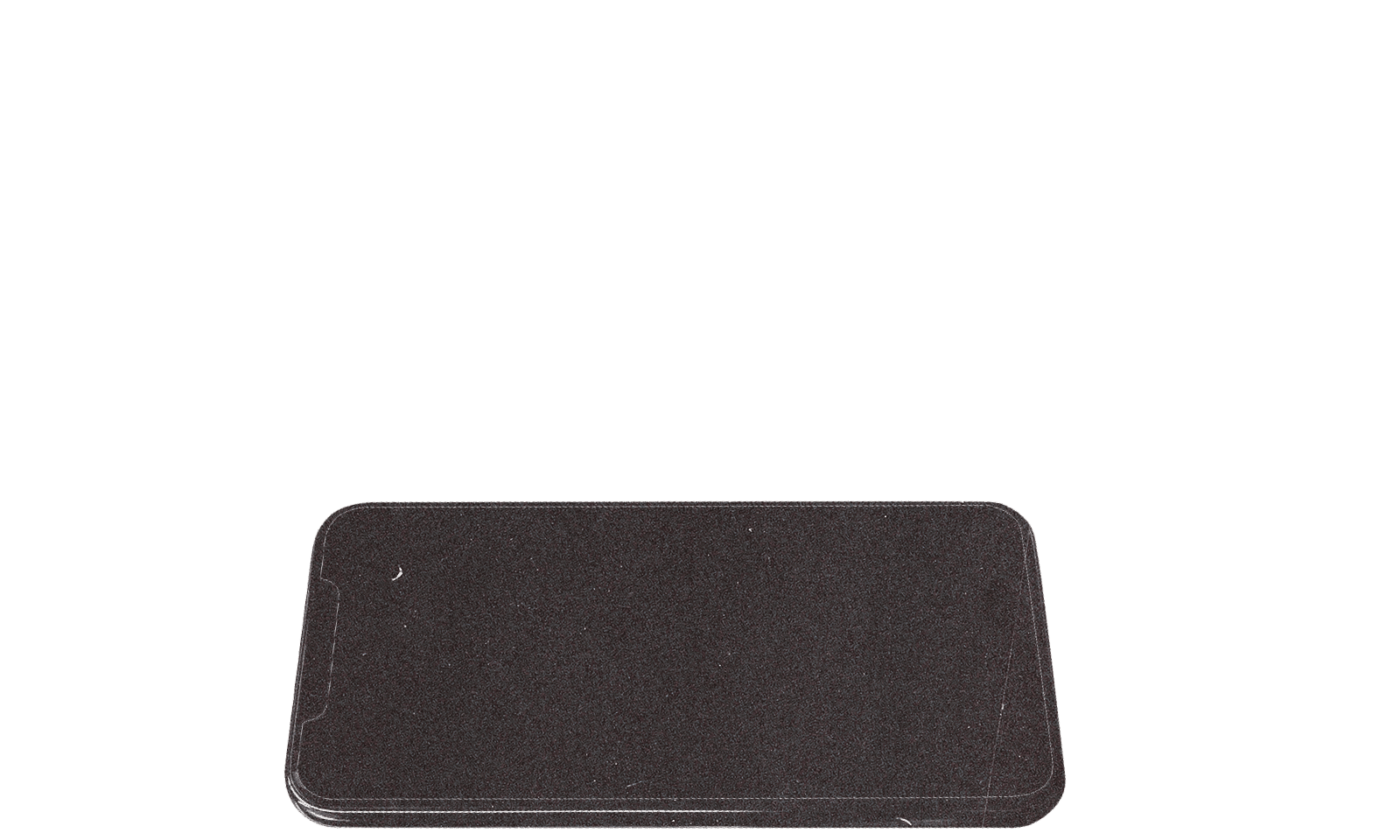Welcome to the positive corner of the internet. Every weekday, we make sense of the confusing world of wellness by analyzing the headlines, simplifying the latest research, and offering quick tips designed to make you healthier in less than 5 minutes. If you were forwarded this message, you can get the free daily email here.
Today’s Health Upgrade
How many steps does it take to prolong life?
You’re going to want this feedback
-
Put a sock on it
Arnold’s Podcast
Want more stories from Arnold? Every day, Arnold’s Pump Club Podcast opens with a story, perspective, and wisdom from Arnold that you won’t find in the newsletter. And, you’ll hear a recap of the day’s items. You can subscribe on Apple, Spotify, Google, or wherever you listen to podcasts.
Fitness
How Many Steps Does It Take To Prolong Life?
You don’t need to hit 10,000 steps per day to be healthy. But that doesn’t mean you shouldn’t be trying to walk more often.
Research suggests that as little as a few thousand steps per day help you fight off premature death, and getting at least 8,800 gives you the best chance of prolonging life.
The scientists analyzed step counts, all-cause mortality, and cardiovascular risk. While everyone points to 10K steps, it’s time to start highlighting that the benefits of walking start with a small commitment.
As little as 2,500 steps per day is associated with nearly a 10 percent reduction in all-cause mortality. And, for every additional 1,000 steps, the number increases significantly in your protection against death and heart disease.
But, the life-extending benefits start to curtail around 8,800 steps per day.
Although this study suggests a ceiling to the benefits of steps, other studies suggest more movement could offer additional health protection if you split up your walking throughout the day. In other words, taking four or five shorter walks might be more beneficial than just one long walk.
Not to mention, the older you get, the more walking appears to benefit your health.
Those over 60 who took more than 6,000 steps per day significantly reduced all-cause mortality and cardiovascular events, emphasizing the importance of maintaining mobility and mobility as we age.
If you need a place to start, set a reminder in your calendar at least three times daily. Then, use that time to go on a 10-minute walk. That alone will help you hit the minimum movement you need to reduce your risk.
Nutrition
You’re Going To Want This Feedback
You’ve heard it before: "It’s all about calories in versus calories out." While that is a bit of an oversimplification, when people want to lose weight, they focus on how many calories they consume. However, focusing more on the other part of the equation might help you better reach your goals.
A new study suggests that if you struggle with dieting, increasing your awareness of how many calories you burn can help you increase fat loss.
One of the hardest parts of losing weight is that once you start having success, your body starts fighting against you. We tend to think smaller bodies have faster metabolisms, but that’s inaccurate.
The more weight you lose, the more your metabolism slows down, and the more hunger increases. It’s why so weight regain is such a common byproduct of dieting.
However, the new research suggests there might be a way to outsmart the changes happening in your body to help you keep burning fat and avoid regaining weight.
The scientists split participants into two groups: one received detailed information on their daily energy expenditure (calories burned) and then adjusted intake, while the other received dieting and exercise advice without awareness of the burn.
Those getting feedback lost more weight and body fat and decreased their waist size. And they were more likely to keep it off after 24 weeks. Not to mention, 42 percent of the experimental group achieved at least 5 percent weight loss, compared to just 8 percent in the diet and exercise group.
Providing energy expenditure information can be helpful for people who want more control over their weight loss process, but it’s not necessary for everyone. Instead, it’s important to know that as you lose weight, you don’t need to overreact and go to extremes once progress slows down. Instead, accept that plateaus are part of the process and focus on making small changes to maintain progress.
Understanding how your body adjusts to diet and exercise can help you avoid some of the frustration of plateau and prevent you from unintentionally eating more than your body needs.
While calorie burn is an inaccurate science unless you’re in a metabolic chamber, this tool can give you a sense of how many calories you need daily.
Recovery
Put A Sock On It
Does wearing compression garments help your muscles feel better — or is it just a placebo effect?
Scientists found that wearing compression socks and sleeves can improve blood flow and support better recovery.
In the study, participants were randomly assigned to either compression, a fake recovery pill (the subjects thought it was real), or a control. The participants wearing compression garments had better recovery, less soreness, and slightly improved exercise performance.
To determine why, the researchers measured blood flow and other indicators of muscle recovery after 4, 24, and 48 hours of exercise. They found that compression garments improved blood flow and circulation, which helps flush out metabolic waste that builds up during workouts and causes soreness, leading to improved recovery.
And it’s not just one study. An analysis of 21 studies found that compression garments will likely help with muscle soreness, blood flow, and perceived recovery. But, the research is mixed on how much it might support better workout performance.
—
Publisher: Arnold Schwarzenegger
Editors-in-chief: Adam Bornstein and Daniel Ketchell




